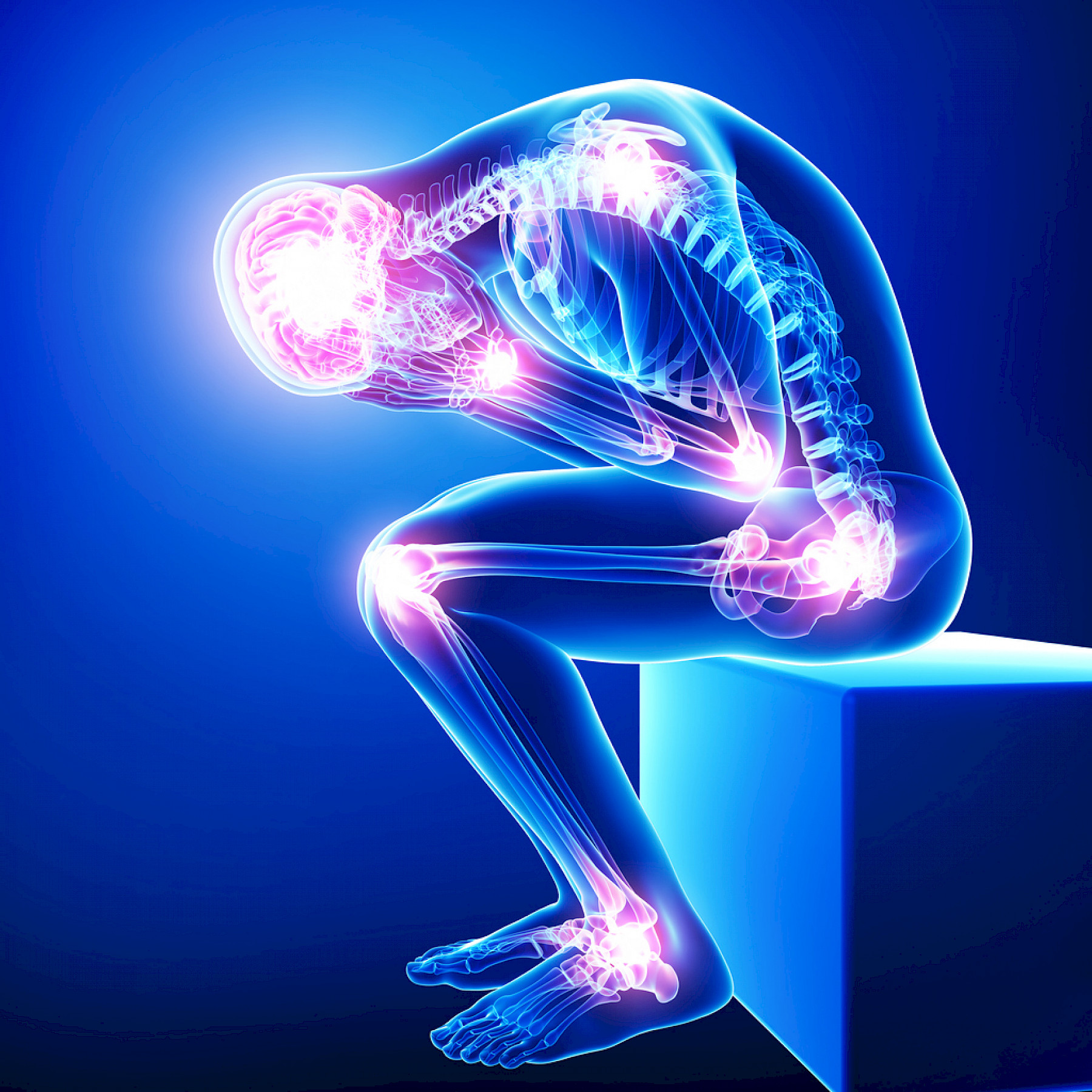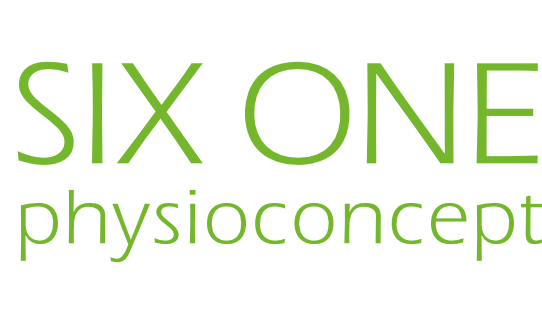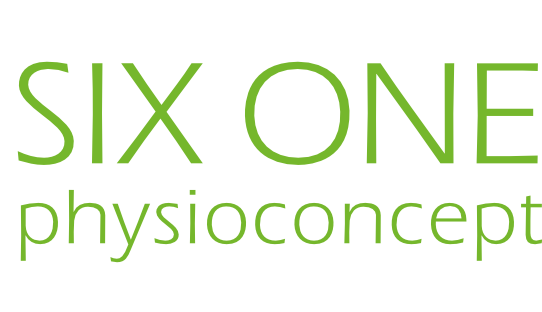How is pain actually created?
Pain is created through a complex process that involves several different parts of the nervous system. When tissue is damaged or inflamed, specialized receptors called nociceptors are activated. Nociceptors are located throughout the body, including in the skin, muscles, and organs, and are specifically designed to detect noxious or harmful stimuli. Once activated, nociceptors send electrical signals through nerve fibers to the spinal cord and ultimately to the brain, where they are processed and interpreted as pain.
In the spinal cord, the incoming nociceptive signals are processed and integrated with other sensory and motor information. The spinal cord can also modulate the pain signals by releasing neurotransmitters that either enhance or reduce the incoming pain signals.
The brain plays a critical role in the perception of pain. The incoming pain signals are first processed in the thalamus, which acts as a relay station and distributes the signals to different regions of the brain. The somatosensory cortex then receives and interprets the signals, providing a conscious perception of the location, quality, and intensity of the pain.
However, pain perception is not only influenced by the sensory input but also by cognitive and emotional factors. For example, fear, anxiety, and stress can amplify the perception of pain, while distraction or relaxation can help to reduce it. In addition, chronic pain can result in changes in the nervous system that make pain perception more intense and persistent.
In summary, pain is a complex and multifaceted phenomenon that involves the activation and modulation of nociceptors, processing and integration of signals in the spinal cord, and interpretation and modulation of signals in the brain. The experience of pain can also be influenced by cognitive, emotional, and behavioral factors.
In principle, physiotherapy offers patients numerous possibilities to actively influence their pain and improve their limited quality of life. Do you have any questions about our proven therapy concepts? Then call us or send us an email. We will be happy to support you!


